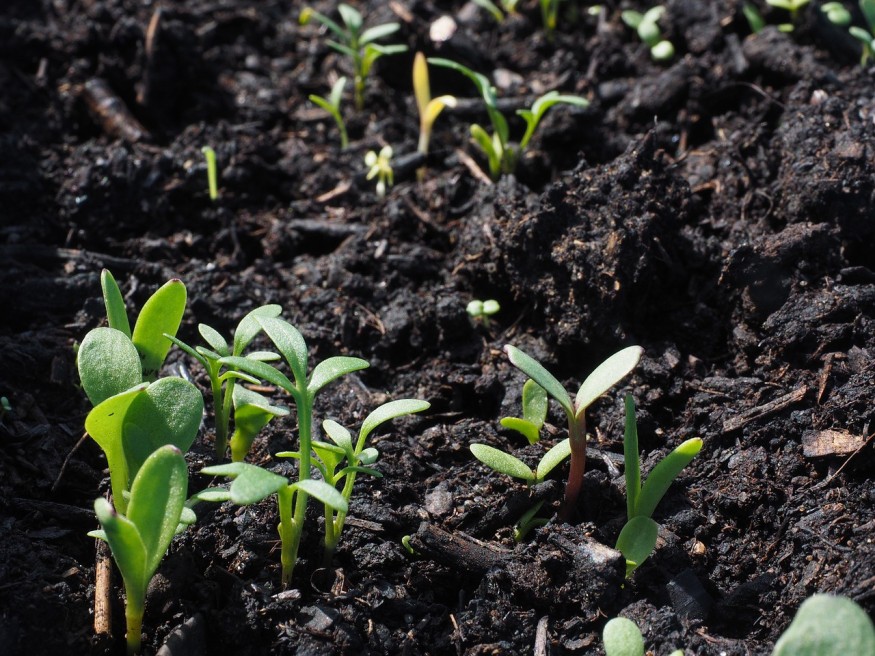Global warming accelerates carbon dioxide emissions under the natural process of heterotrophic soil respiration from soil microbes, according to a new study, which acknowledged that carbon efflux coming from soils is the largest source of terrestrial carbon to the atmosphere.
The researchers used a variety of methods to arrive at their findings, including field observations, simulations, and laboratory measurements.
Global Warming Threat

For years, climate model predictions have shown us that the current global warming rate can have a cascade of effects, ranging from melting glaciers to marine life destruction, and global sea level rise. It is our understanding that greenhouse gases are capable of trapping solar heat.
In the new study published in the journal Nature Communications, researchers focus on the carbon dynamics on the soil ecosystems which require further assessment. They also have not yet investigated carbon dioxide emissions by plants through the process of autotrophic respiration.
What are Soil Microbes?
Also called soil microorganisms, soil microbes are microscopic life forms. They include archaea, bacteria, viruses, and eukaryotes like fungi.
Multiple studies have shown that soil microorganisms are crucial not only in the carbon cycle but also in the nitrogen ones.
In relation to the new study, a previous study posted in Science Direct in 2022 mentioned that climate warming can alter the soil temperature, pH, humidity, and other soil environmental factors.
In one of the studies, authors highlighted that the increase in soil temperature will also increase the activity of soil will also accelerate the decomposition and absorption of organic matter conducted by the soil microbes.
What is Heterotrophic Soil Respiration?
Heterotrophic soil respiration is a natural process of carbon dioxide emissions from the soil into the atmosphere. This occurs when organic matter decomposition occurs involving soil microbes and fauna, according to a study published in the journal Global Change Biology on June 2.
Being one of the means of the global carbon cycle, there are still "large uncertainties" when it comes to the accurate estimation of global heterotrophic soil respiration, according to researchers involved in the study. However, the acceleration of this process by global warming, as mentioned earlier also add to the issue of mitigating greenhouse gas emissions, wherein carbon dioxide is also included.
Climate Emergency
In addition to soil microbes, humans are the largest culprit behind the worsening state of climate change and global warming worldwide for the past centuries.
Since the onset of the Industrial Revolution in 1750, the total amount of carbon dioxide in Earth's atmosphere has significantly spiked parallel with human-induced or anthropogenic emissions, according to the National Oceanic and Atmospheric Administration (NOAA).
Carbon cycle experts assert that carbon dioxide emissions into the atmosphere overwhelm the ability of natural sinks to remove the total amount of increasing carbon dioxide worldwide, the NOAA explained.
This matter is one of the challenges presented by the 2015 Paris Climate Agreement, where the goal is to limit the global average temperatures to at least 1.5 degrees Celsius. The initiative is led by the United Nations Framework Convention on Climate Change.
Related Article : Here's How Earth's Soil Can Save The Planet From Global Warming
© 2025 NatureWorldNews.com All rights reserved. Do not reproduce without permission.




